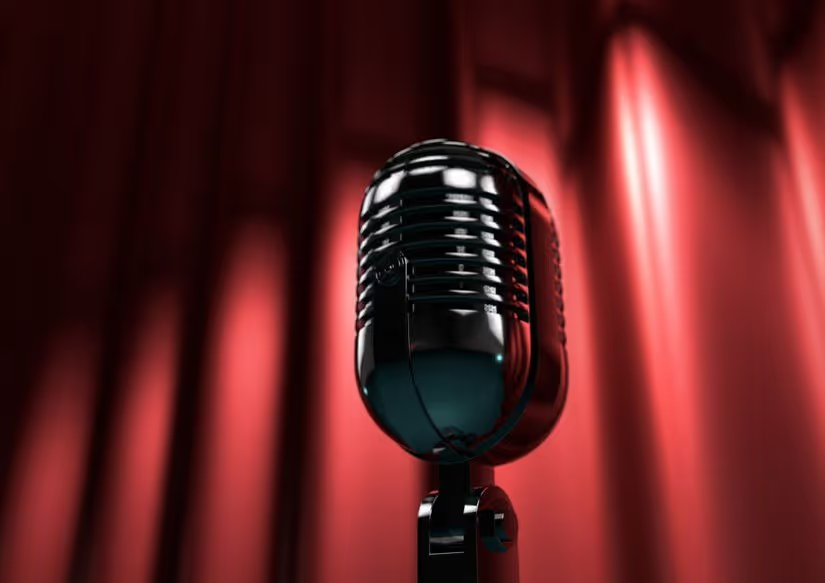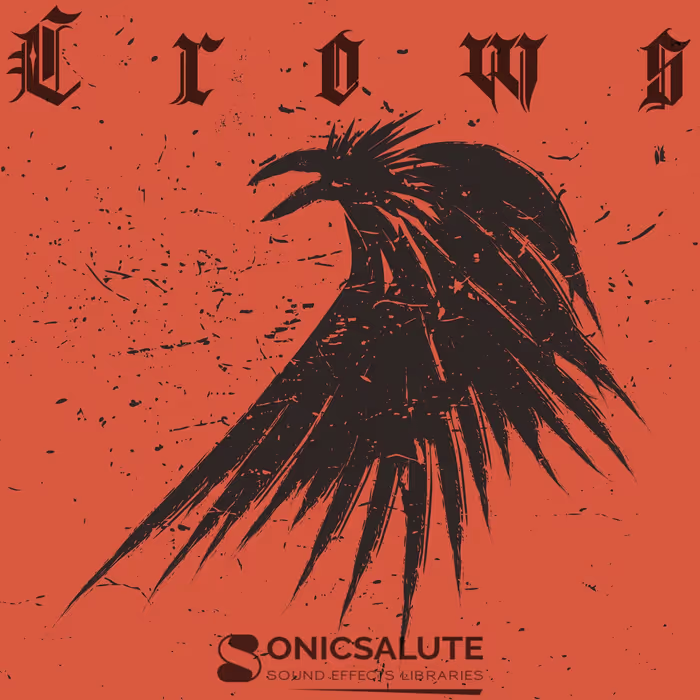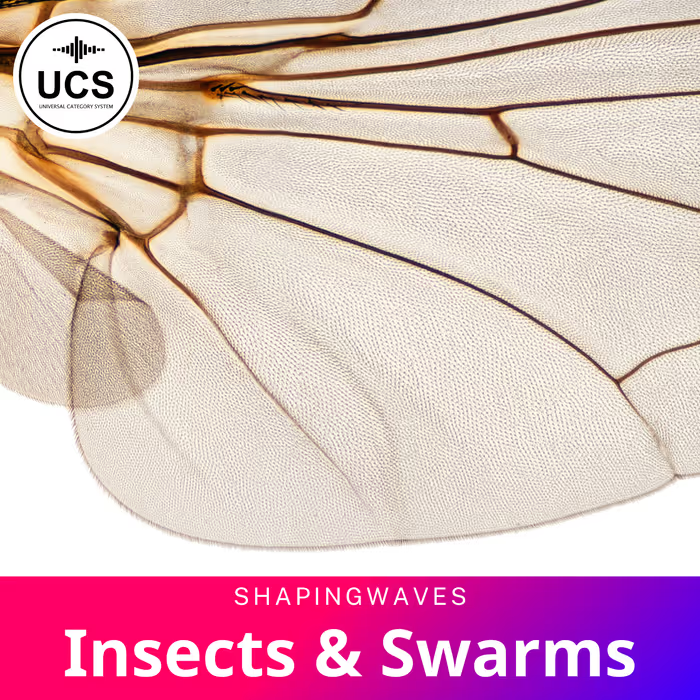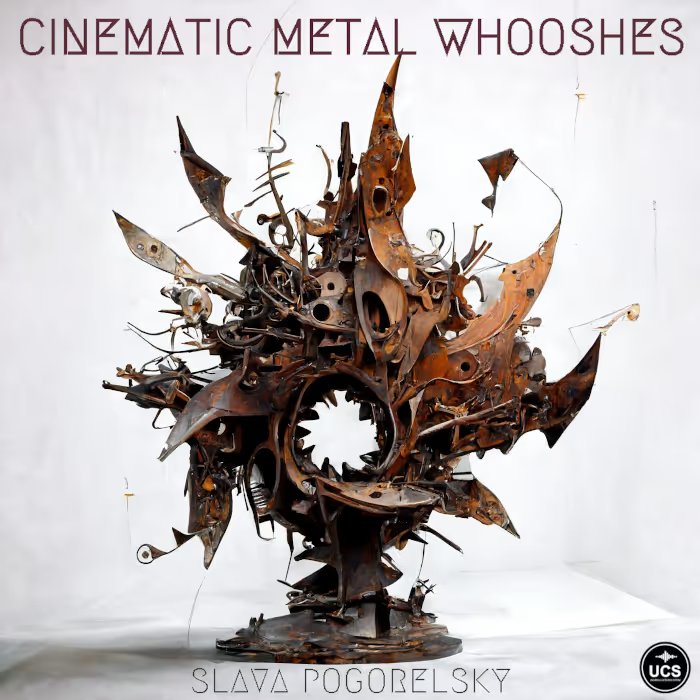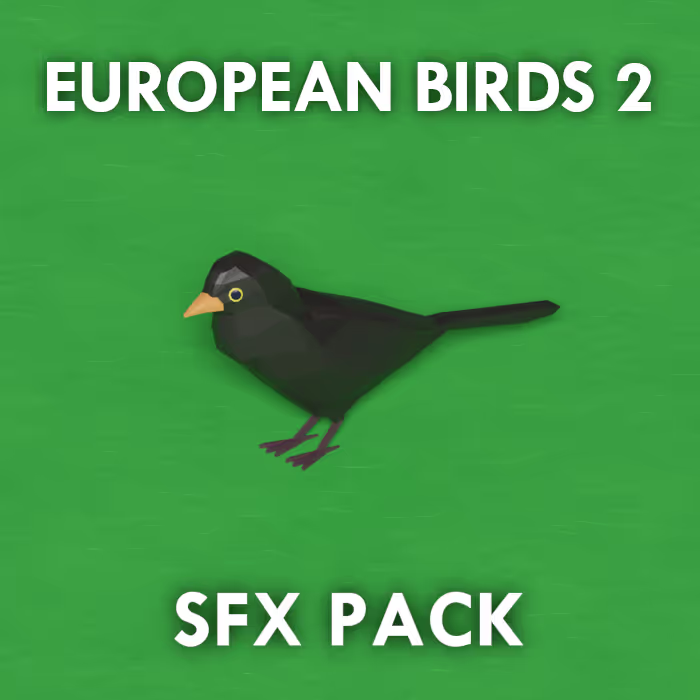Written by Matthew McLean
If you’re looking to get in to the world of sound design for film or game, then you could do a lot worse than to start your own Audio Drama podcast. The art of creating Audio Drama is oven overlooked in favour of its visual counterparts, but there are huge benefits in doing so. Aside from honing your recording and production skills, you can start to build your own portfolio, reputation, and fanbase.
If making an Audio Drama series is something that appeals to you, then I’m here to offer you some pointers towards getting off on the right footing:
Good Sound Design Starts With the Writing
Audio Dramas are often a mixture of conversation and action scenes. Dialogue in your conversational scenes is how you’ll gradually feed the listener information about the characters and story. It’s easy to go down the route in the beginning of simply having two characters in a room talking. There’s absolutely nothing wrong with this, but over time, it’ll really limit your sound design.
It’s easy to go down the route in the beginning of simply having two characters in a room talking
Instead of constantly sitting two characters in a room, have them doing something instead. Can they be travelling somewhere? Or working on something? Or even playing some sort of game or sport?
This not only helps make your characters more human, it keeps your soundscapes fresh, lively, and interesting too.
Let Sound Fill in the Gaps
Expositional dialogue is bad in any medium, but in audio it stands out like a sore thumb. Just because there’s no visuals doesn’t mean characters should explain everything they see in great detail. That will sound wooden, and false.
Through clever use of your sound library, you can give your listener little clues about an environment, which act as a support to the characters’ dialogue. The sound of a few flies buzzing, some water dripping in the background, and a little reverb on a voice saying “it stinks down here” would immediately paint a full picture in your mind. And that’s me only using four words.
Through clever use of your sound library, you can give your listener little clues about an environment
This is the knack of finding a good balance between writing and sound design, and letting them work together effectively.
Setting a Scene
Letting sound effects and ambience fill the gaps doesn’t mean overwhelming the listener and drowning their ears however. Once you’ve used a few cleverly placed effects at the beginning of a scene, you’ve established a picture in the listener’s mind. You’ve set the scene.
It’s a common mistake when you’re just getting started to labour the point with these sounds. The buzzing flies I mentioned above, for example. They probably don’t need to stay with us throughout the scene once they’ve made themselves known. In The Radio Drama Handbook, author Richard Hand writes, “A cow mooing at the beginning of a farmyard scene is enough to indicate that location for the listener. We do not need to hear the cow continually mooing throughout.”
Use the opening to provide the listener with some location-determining prompts, then keep the rest of the soundscape free for adding more character-based effects – sounds emanating from what the characters themselves are doing. This could be anything from putting on a jacket, to firing a gun.
The point is that they’re not part of the background environment or location. They’re part of the characters physically interacting with the soundscape instead.
Listen, Don’t Look
One of the first things we learn when studying film sound, is that we’ve been lied to our entire life. Nothing actually sounds like we expect it to in the real world. Think of a sword being drawn, or someone being punched in the face. Both sound totally underwhelming when compared to the way they’re purveyed in films and videogames.
We need to be especially mindful of this when working purely in audio. You might go and record the exact sound of the prop or device you have in a certain scene, only for it to actually sound nothing at all like you’d expect it to.
Without those visual cues, more emphasis than ever is placed on how things sound, rather than how they look
It’s important that you never confuse your listener, so if something doesn’t sound like it should, take it out. Instead, use other recordings and effects in your library to build the sound of something so that it’s immediately recognisable.
Without those visual cues, more emphasis than ever is placed on how things sound, rather than how they look.
Action Scenes
An action scene can be a difficult thing to pull off in audio – but that doesn’t mean it can’t be done well. In a sense though, you’ll need to unlearn everything that works in TV and film when you’re writing and production audio action. A full three minutes of nothing but gunfire and shouting, or the sound of car racing through city streets just isn’t going to work in audio. Not on its own, anyway.
Firstly, don’t try to work around this by propping action scenes up with over-expositional dialogue. Characters offering wooden and comedic-sounding commentary will ruin your story, unless it is actually meant to be funny. With any action scene, determine its purpose, and what you want to get out of it. What parts of this action are absolutely key? What essentials here are vital to serving your story? And how will you convey them?
What parts of this action are absolutely key? What essentials here are vital to serving your story? And how will you convey them?
The last part is the tricky bit, but it can be done – and done well. Perhaps the sounds of a battle will be sprinkled with little chunks of retrospective narration by an eyewitness. Perhaps your car chase will be layered with radio chatter from a police car or helicopter in pursuit?
Every scene is unique, and there’s no real formula to this. It’s just about staying creative and mindful towards the aim of your story. In my opinion, some of the best action scenes in the audio medium can be found in the zombie apocalypse series We’re Alive. I’d thoroughly recommend checking it out for some inspiration!
Making a Fiction Podcast – Going Forward
I’ve only just scratched the surface here, but it can take years to figure this stuff out for yourself through trial and error. Here at ThePodcastHost.com we have a full series on How to Make a Fiction Podcast, as well as all the resources and info you’ll ever need to start your own show. We also run the Audio Drama Production Podcast, which has well over 100 episodes focusing on every aspect of creating in this medium.
Investing in a few good sound libraries is something I highly recommend too. The time you save on making your own means you’ve more time to spend on your story. On top of that, having professionally produced sounds gives your show a layer of polish that can make it stand out ahead of the others.
Most importantly of all though, have fun. If you’re not enjoying what you make, then it’s almost certain nobody is going to enjoy listening to it!
Good luck.
A big thanks to Matthew McLean for these insightful tips about producing Audio Dramas! Be sure to visit ThePodcastHost.com to learn more about creating and sharing your own audio adventures.

